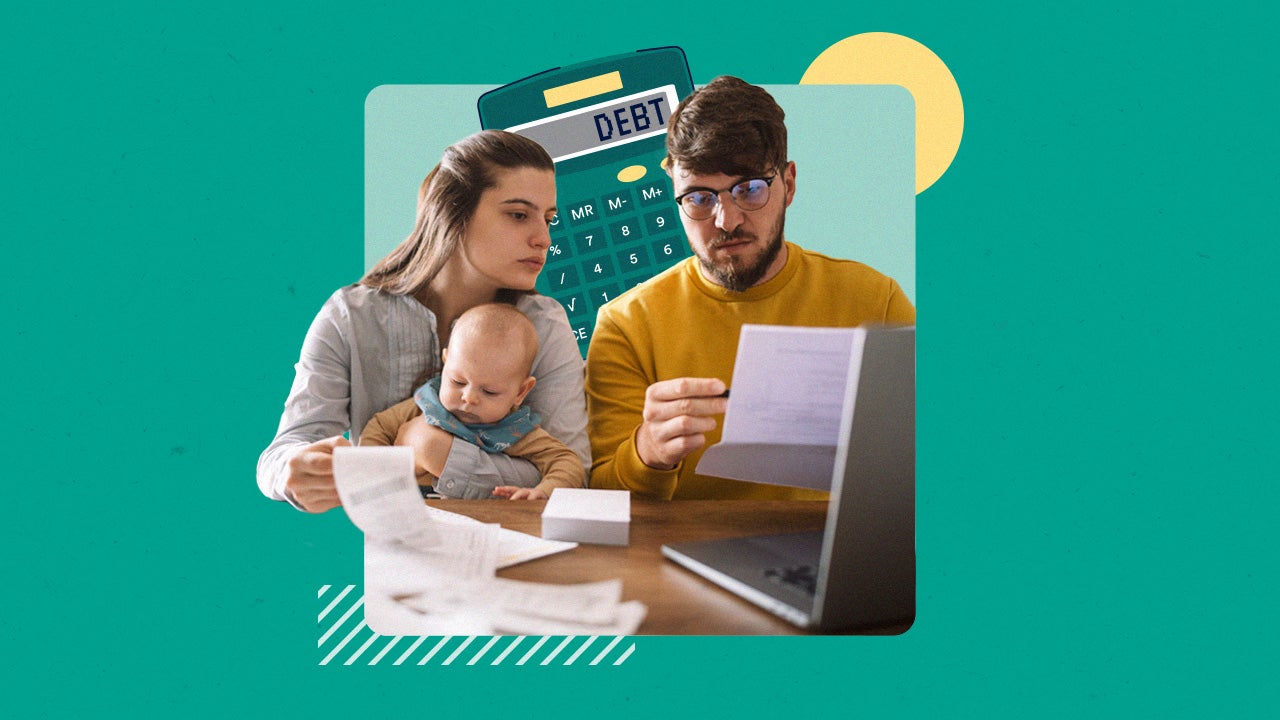Recent events highlight importance of paying down debt, building savings

Almost two-thirds of Americans with credit card debt (64 percent) have delayed or avoided other financial decisions because of that debt, according to Bankrate’s 2025 Dealing With Debt Survey. Emergency savings (34 percent), health and wellness (26 percent) and investing (23 percent) were the most-cited categories that credit card debtors put off or avoided entirely.
In many respects, credit card debt and emergency savings represent two sides of the same coin. A previous Bankrate poll found that unexpected expenses such as medical bills, car repairs and home repairs are the most frequent causes of credit card debt, followed by day-to-day expenses. In other words, it’s not usually a vacation or a shopping spree causing debt to pile up — it’s something practical.
And as we know all too well, the inflation we have endured in recent years has pushed a lot of Americans deeper into debt. Credit card balances total a record $1.2 trillion, according to the New York Fed. That figure has risen a staggering 57 percent since the first quarter of 2021.
Layoffs spiked in February and March and President Donald Trump’s early April tariff announcement sent markets into a tizzy. While many tariffs have been scaled back (at least temporarily), volatility remains. The recent job and stock market upheaval has reinforced the importance of building and maintaining a solid rainy day fund.
Last summer, 59 percent of Americans told us they were uncomfortable with their current level of emergency savings. I doubt that has improved in the months since. The past few years, inflation and high interest rates have squeezed household budgets, causing consumer sentiment and bank account balances to fall and credit card balances to grow. In fact, Bankrate research reveals that 33 percent of U.S. adults have more credit card debt than emergency savings, down slightly from the past few years but up sharply (11 percentage points) from 2022.
Steps you can take to manage debt and start saving
Recent headlines have been gloomy, but there are plenty of action steps you can follow to boost your savings and decrease your debt.
To increase your savings, start by automating transfers into a high-yield savings account every payday. The top yields are around 4.5 percent, which is a nice bonus, but the biggest benefit is that this is your “sleep at night” money. It’s your buffer against unexpected expenses and coudl help prevent you from adding to your credit card debt.
You should also tackle your credit card debt simultaneously. Don’t go all-in on either strategy: If you don’t have enough savings, you’re likely to run your credit card balance right back up. But depleting your savings to pay off credit card debt could leave you back where you started. It’s best to chip away at both priorities in parallel.
My favorite credit card debt payoff tip is to sign up for a new credit card with a generous 0 percent balance transfer promotion. For example, the U.S. Bank Shield Visa* has the longest interest-free deal on the market: 24 billing cycles. After the intro term expires, the rate is a variable 17.74 to 28.74 percent. There’s also a $5 or 5 percent transfer fee, whichever is greater.
The best 0% intro APR cards are only available to people with good or excellent credit scores. If that isn’t you, focus on building your credit for now by using the cards you have responsibly and making payments — even if just a minimum payment — on time every month.
Consider this scenario: TransUnion says the average credit card balance is $6,580. If you make minimum payments at the average credit card rate (20.09 percent), you’ll be in debt for 220 months (more than 18 years) and you’ll end up paying about $9,600 in interest. With the aforementioned 24-month interest-free promotion, you could pay approximately $288 per month for two years to completely knock out the debt, including the transfer fee. Scaling a $6,580 mountain of debt sounds steep, but $288 per month feels a lot more doable, doesn’t it?
The bottom line
Especially in uncertain times, it’s important to focus on what you can control. Boosting savings and paying down high-cost debt are solid fundamentals that will serve you well in any economic climate. These are lofty goals — breaking them into biweekly or monthly installments makes them more attainable.
The information about the U.S. Bank Shield Visa has been collected independently by Bankrate.com. The card details have not been reviewed or approved by the card issuer.
Why we ask for feedback Your feedback helps us improve our content and services. It takes less than a minute to complete.
Your responses are anonymous and will only be used for improving our website.
Bankrate's Expert Contributors
Our Expert Contributors are a select group of creators, experts and thought leaders who share first-person perspectives on finance and its intersections with our lives.
Meet our experts





